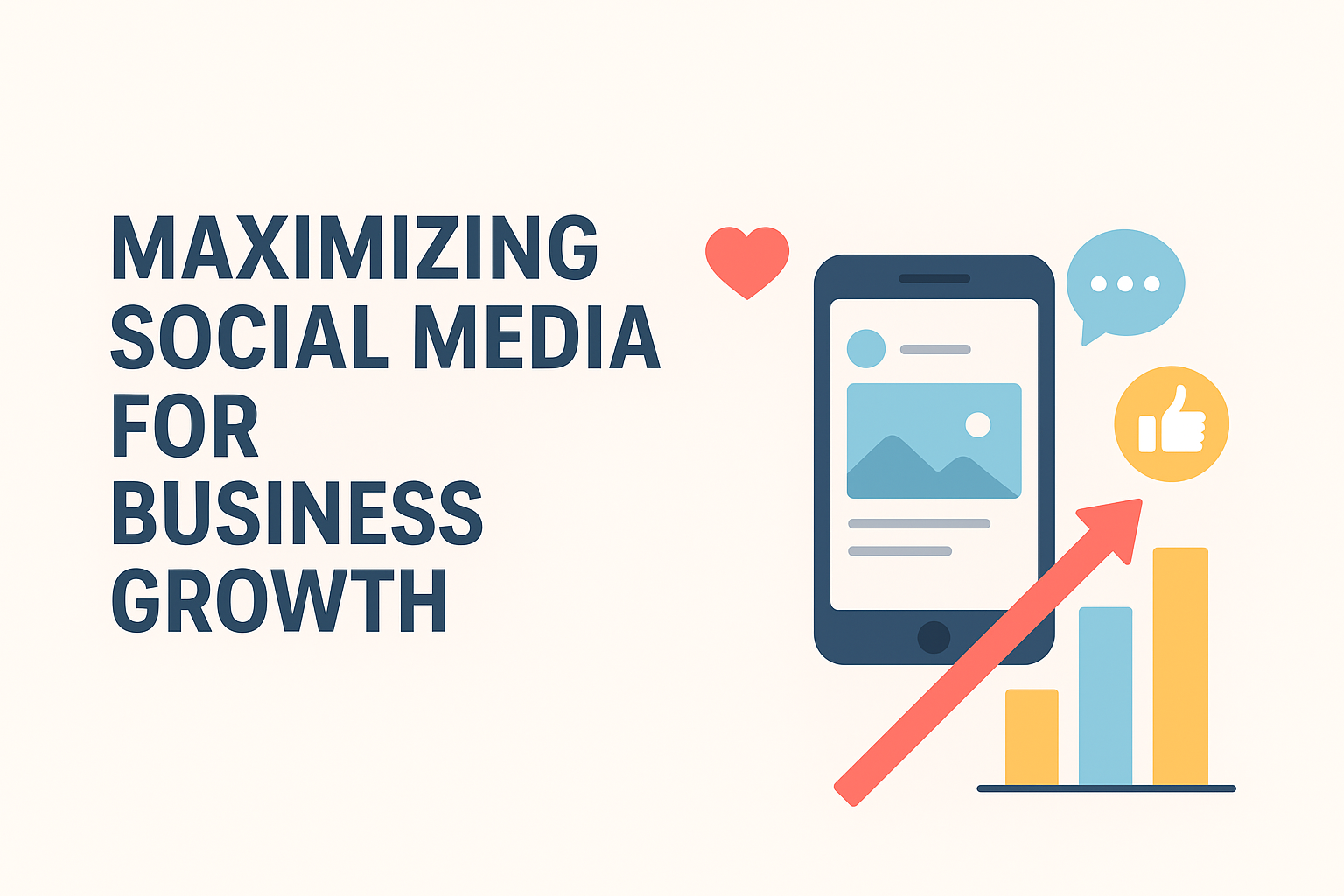
Social media is more than posting — it’s a powerful growth engine when used strategically. The right mix of content, paid promotion, community building, and measurement can drive awareness, leads, and revenue.
Define Clear Goals and Audience
Start by defining measurable goals: brand awareness, lead generation, direct sales, or customer support. Map those goals to the customer journey and identify target audiences by demographics, interests, and behavior. Clear goals guide content types, channel choice, and KPIs.
Create High-Value, Platform-Specific Content
Content is still king, but format matters. Use short-form video for discovery (TikTok, Reels), carousel posts for product storytelling (Instagram), and long-form thought leadership for LinkedIn. Mix educational posts, behind-the-scenes content, user-generated content, and promotional offers to keep your feed fresh and useful.
Leverage Paid Media to Amplify Reach
Organic reach is limited—paid social helps scale what works. Use targeted ads to reach high-intent audiences, retarget website visitors, and test creative variations. Start with small budgets for A/B testing, then scale audiences and creative that show the best performance.
Build Community & Foster Engagement
Engagement signals (comments, shares, saves) influence algorithmic distribution. Reply to comments, host live Q&A sessions, and encourage user-generated content with contests or hashtags. A loyal community not only boosts organic reach but also becomes a source of testimonials and referrals.
Use Influencers and Creator Partnerships
Partner with creators whose audiences match your target market. Micro-influencers often deliver higher engagement per dollar and more authentic recommendations. Structure partnerships around performance metrics—codes, trackable links, or UTM parameters—to measure ROI.
Optimize for Conversion
Social success should translate into business outcomes. Optimize landing pages for mobile, use clear CTAs in posts and ads, and streamline checkout or lead capture flows. Implement tracking (UTMs, pixels, conversion events) to attribute performance accurately and optimize campaigns for conversions rather than vanity metrics.
Measure, Learn, and Iterate
Regularly review analytics to understand what content, creatives, and audiences drive value. Key metrics include engagement rate, click-through rate, cost per lead, and return on ad spend (ROAS). Run experiments—creative, timing, and audience tests—and scale winners while discarding underperformers.
Future-Proof with Automation & Personalization
Use automation for scheduling, response management, and ad optimization—but keep personalization. Dynamic creative, segmented messaging, and chatbots for first-touch support can reduce manual work while improving customer experience.